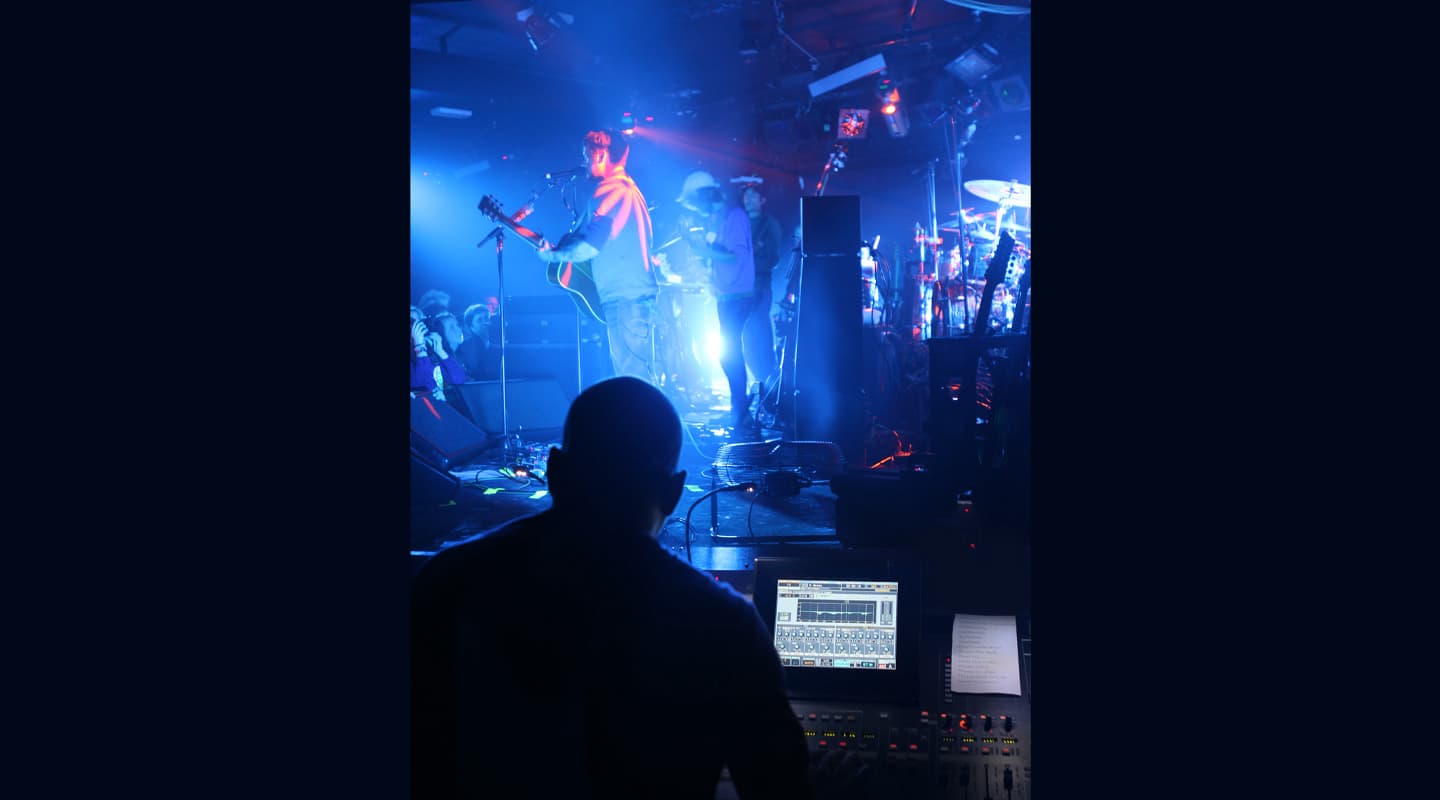
Modest Mouse Live
Fulsome beards on faces, fearsome tea-cosies on heads – this is indie rock.
Nothing says ‘Indie Rock’ like two drummers on stage. It says, “anyone can have one drummer – one wage, one set of drum flight cases, one riser, one ego – but we choose to walk the path less travelled.” Mind you, there must be times when Modest Mouse would look wistfully on at other ‘normal’ bands with only ‘the’ one drummer. Like the night I rocked up to the Prince Bandroom in St. Kilda. The Prince’s corner stage is adequately proportioned for most rock bands, but this night was something else. The support act’s gear was clinging by its finger nails to front of stage, while Modest Mouse’s two drum kits, bass rig, two electric guitar rigs, keys, upright bass setup, along with a full-blown JBL sidefill (just for the occasion) made for the most crowded stage I’ve ever laid eyes on. Tip-toeing around the ‘tulips’ of pedals, DIs, leads and mic stands was positively treacherous.
Evan Player mixes the band. He’s been in the band’s orbit for many a year. He doesn’t have a beard, and generally eschews strange headgear. Saying that, he’s grown a moustache, more than likely especially for the Australian tour. Evan’s turned his back on a life on the road for a settled existence in New York with his fashion industry Australian wife and two young kids. He’s the Production Manager of a successful Brooklyn venue, Music Hall of Williamsburg. The band convinced Evan to come out on tour ‘one last time’.
NEITHER MODEST NOR MOUSEY
Christopher Holder: What’s the Modest Mouse attitude to touring Evan? I’m guessing it’s not about faithful album recreation?
Evan Player: For Modest Mouse, it’s not about recreating the record, it’s a lot more powerful live – with a lot more energy – and that’s important to them. The reason the band is so big is because they present a big live experience. They have the ability to have brass on one song, keyboards on another, with people floating about playing different instruments. That aspect of the performance is important to them – the sheer amount of stuff going on.
CH: How do you approach mixing this amount of stuff?
EP: I approach mixing them by not getting in the way. Having someone play a drum over and over and over is counter-productive. For one thing, it simply won’t achieve the result I’m after once the two drummers are playing flat-out. I could spend hours digging into something with EQ but once it’s back in the mix, it won’t fit. For me, Modest Mouse is all about looking at the whole picture, and making that sound good. I do that by softening things; rounding things out rather than having everything competing for attention.
CH: So you’re doing your best to ‘stay out of the way’ and ensure the band feels comfortable?
EP: That’s right, which means getting monitors sorted out first of all. This show is the first of the Australian tour so we had a rehearsal yesterday. Once I’m comfortable with the mic setup I’m just happy for them to get on with playing. I know I have time on my hands to sort a mix out, so I massage things into place slowly.
At the end of the soundcheck, I thought – I haven’t heard the toms yet. So once they were all done and most of the band had gone, I went through the toms. I did a little something to them and that was it. I had my mix. It may not be totally there but it’s as close as I need it to be.
CH: By which you mean, it’s going to sound a good deal different when the room fills up with punters?
EP: That’s right, we’re rehearsing in a big empty room and in my experience I’m careful not to paint myself into a corner with overly dramatic EQ. It’s better to do the fix when the gig starts rather than remedially putting frequencies back in – re-EQing for the first three songs. With a bit of experience you’ll know the areas you need to address when the gig kicks off.
CH: Sounds like you trust your instincts?
EP: I think so. For example, I don’t Smaart rooms. I know people get great results using Smaart, and sure, it’s a science but it’s subjective in equal measure – you need to use your judgement as well as your ears.

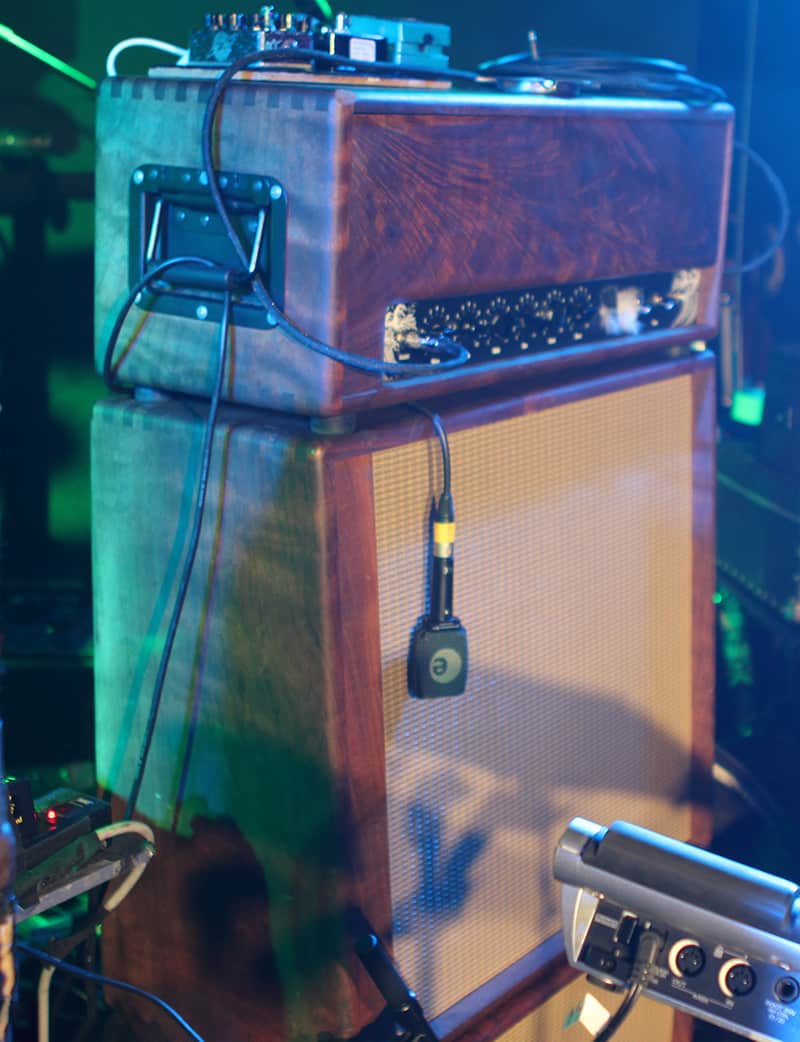
Guitar Blend: “When we’re touring Jim Fairchild uses a Fender Deluxe and a Twin. I put a Shure SM57 on the Deluxe, which is a bit more present and a Sennheiser 609 on the Twin, which is a bit warmer/darker. Issac Brock’s amp (top right) has two mics that I blend – a Shure SM57 and a Sennheiser 609. Isaac uses a Soursound custom amp. He used to play through a Fender Super Six – his amp of choice – but they’re very hard to find. So Brian Sour reverse-engineered a modern, stable version of that – easier to keep and repair, yet still very ‘boutique’.”
RIDING THE WAVE OF STAGE VOLUME
CH: The band is well known to let rip on stage. How do you deal with excessive on-stage sound?
EP: You’re right, the band has a very loud stage volume. My philosophy has always been to not fight that too hard – because they need that. They’re responsible enough to turn things down if it gets out of control – they might turn the backline down a bit if I ask them to, to get a cleaner vocal sound – but I know they need that impact on stage.
CH: So you’re loath to make that call?
EP: Well, I know it might impact the show: they might not be quite so into it, they might be a little more hesitant, or a little less confident in their playing. I don’t like to be responsible for that. If it’s loud and I can deal with the volume, then I will. So long as I’ve got enough vocal in the PA, I’ll deal with it. I’ll wait for them to make sure they’re feeling it and they’re comfortable. After all, when everyone’s the same level of ‘loud’ coming off stage, it kinda mixes itself!
CH: How much of the backline are you mixing through the PA?
EP: I’ve got mics on everything and normally I would mix the guitars through the PA. Tonight I won’t be mixing quite so much of the guitars in; it’ll mainly be the drums, bass and vocals. But I’ve got to be aware that the backline is on stage at ‘ground’ level, so the first few rows of the audience will soak up a lot of the backline sound. So I’ll put the guitars in the mix and flatten out the EQs a bit. That way the guitars should sound like they do coming out of the amps and cabs.
CH: And the crowd will help you get the gain you need for the vocal?
EP: If I can get the vocal sitting on top of the mix during rehearsals I know I’ll be fine. I may not be hearing the words but that intelligibility will increase when the crowd arrives. And that’s club mixing, for sure…
CH: In that everything’s measured by how loud you can get the vocals?
EP: Ultimately, yeah. Modest Mouse doesn’t demand a super-high vocal mix, but it needs to be present – people are into the words with this band so it can’t be buried, but it doesn’t have to be as high as something like Joan Baez.
CH: Folk, eh? Sounds like the voice of experience.
EP: Right. For a while there I did a lot of mixing of folk singers. And folk singers do this thing where they’ll take out a trio – with an acoustic guitar and a cellist… and all the fans are happy because they can hear a pin drop. Then, as folk singers always do, they want to ‘do a Bob Dylan’ and take a loud band out – with the loud drummer and the guitars. So I’ll be sitting at FOH in a theatre with an audience who may have seen the performer with the cellist a few months prior and they’re now sitting there with their hands over their ears – “you’ve gotta turn the drums down!” “Where are you sitting? You’re not even hearing the drums from the PA, you’re just hearing them off the stage!”
No-one’s going to storm the front of house position complaining they can’t hear the shaker! But not hearing the guitar the whole time… that’s serious
RIGHT (& LEFT) ROYAL PANNING
CH: How important is panning in club mixing?
EP: I’ll pan the drum overheads hard left and right. Modest Mouse uses a lot more percussion – it figures prominently – and those percussive elements add good stereo interest.
CH: Right. So those mics are quite pivotal?
EP: They’re all important! For smaller club shows it’s really quite hard to know where your input savings are coming from. And believe me, I understand the dilemma because I’ve been on both sides of the problem. As a club production manager I’m asking “do you really need all this stuff?!” and now I’m digging my toes in saying “I really need all this stuff!” For example, I need bi-amped wedges… nothing else will do. Yeah, we’re a relatively demanding act.
CH: Getting back to panning, do you pan the guitars much?
EP: Guitars I don’t pan – they’re straight up.
CH: Do you leave a ‘hole’ for vocals in your mix?
EP: Panning – taking stuff out of the centre – never really does that for me. And also, there’s the practical necessity of ensuring everyone in the room has the same consistent sound. Pan your overheads? Sure, because people aren’t constantly taking their cues from those mics. No-one’s going to storm the front of house position complaining they can’t hear the shaker! But not hearing the guitar the whole time… that’s serious.
HE-E-E-RE’S JOHNNY
CH: There’s some good footage on YouTube of the band playing Letterman. What are those shows like to do?
EP: When you do those shows, you don’t do much. You walk in in the morning for a really early load in. They have a monitor engineer and a front of house engineer for the audience sound. Then they have a broadcast engineer. So as a FOH engineer working for a band like this, it’s your job to interface with the different engineers.
Come show time I’d find myself sitting down with the broadcast engineer saying – “in this part the guitar gets really loud” or “in this part the vocal is down low.” You need to be there for that. Perhaps some superstar engineers get a little more hands-on, I wouldn’t know.
But the thing is, the TV sound engineers are in a position where they know what’s going on and what the director will be calling. They know the other cues in the show as well. As for the broadcast mixer, it’s not someone you just want to elbow out of the way and say, ‘let me at it’. Saying that, after listening to some mixes I’m thinking ‘eurgh, that wasn’t very good’.
But those shows are fun to do. It’s another aspect of live sound. It’s definitely harder on the band, though, because it’s not as loud ‘on stage’ and it’s a whole lot of pressure.

Dueling Drummers: “We have two full drum kits, with no specific mic preferences. Most commonly there are Shure Beta 52s on kicks, and Audix D6s, which are nice. Toms: Sennheiser e904s, and we use the 604 quite frequently – I’m partial to using dynamics on toms. We’ve got Audio-Technica AT4050s for overheads, Shure SM81 on hi-hats, and Shure Beta 57As on the congas. We’ve tried the Shure Beta 98 on the glockenspiel, works nicely – easy to mount, and we were running out of options. Snare has the standard Shure Beta 57A on the top and an SM57 on the bottom. All our DIs are from Radial Engineering – they make a solid DI. The drummer has a Sennheiser e935 on his vocal mic – nice tight pattern and rejection of other stuff.”




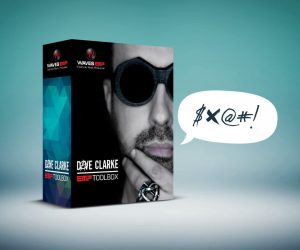

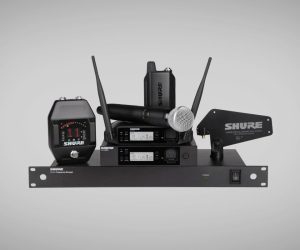
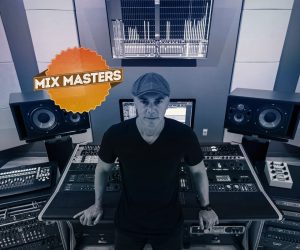


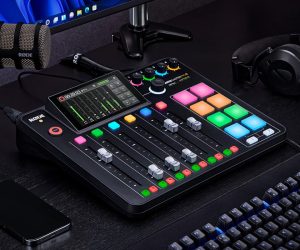


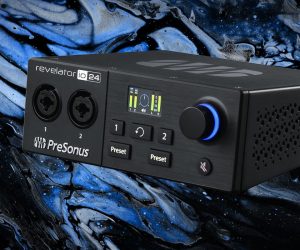


RESPONSES